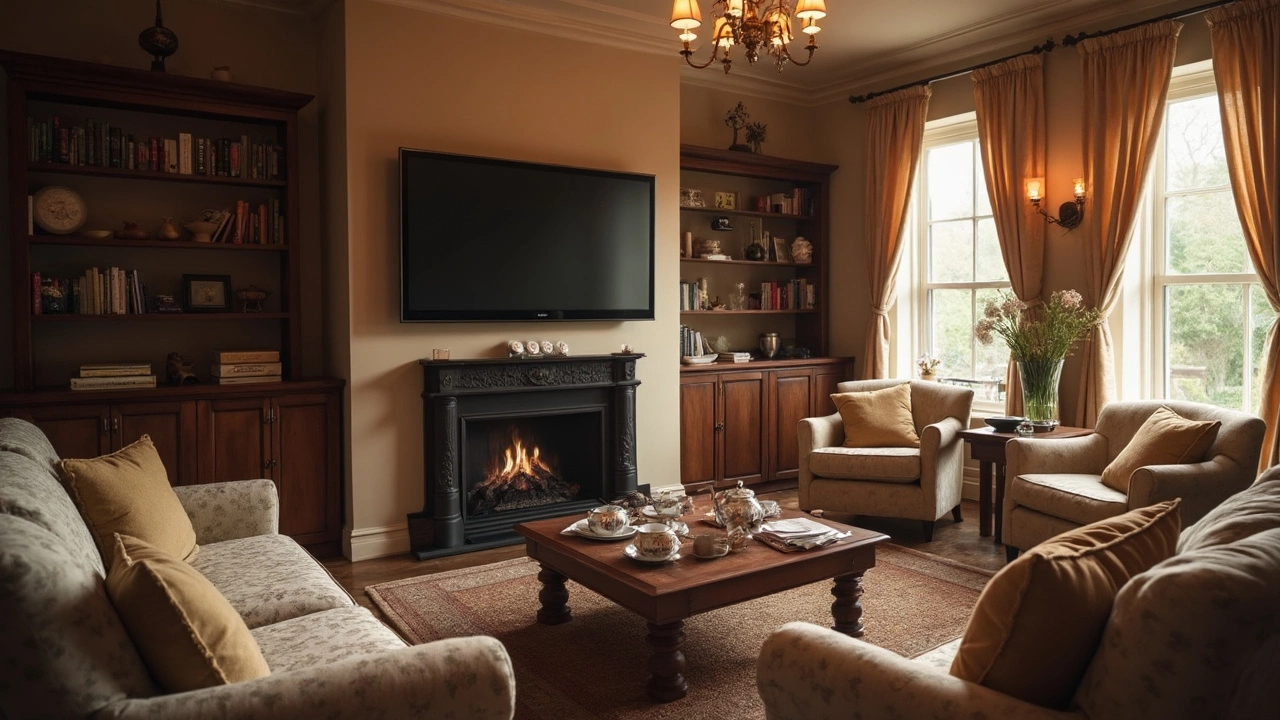How to Pick and Install the Right Tilt Mount for Your TV
If you want a better viewing angle without moving your whole couch, a tilt mount is the go‑to solution. It lets you angle the screen down or up, cutting glare and making night‑time watching easier. Below you’ll get straight‑to‑the‑point advice on choosing the right size, installing it safely, and keeping it in good shape.
Finding the Right Tilt Mount
First, check your TV’s VESA pattern – those four holes on the back that the mount bolts into. The pattern is usually listed in millimetres, like 200×200 or 400×400. Match that number to the mount’s specifications; a mismatch means the mount won’t fit. Next, look at the weight rating. A 55‑inch LED TV typically weighs 30‑40 lb, so pick a mount that handles at least that much, preferably a bit more for safety.
Don’t forget the tilt range. Some mounts tilt only 5°, which barely helps with glare, while others go 15° or more. If you plan to watch in a bright room or have the TV high on the wall, a larger tilt is worth the extra cost. Finally, inspect the mounting plate. A plate with multiple screw holes gives you flexibility in positioning and makes it easier to level the TV later.
Step‑by‑Step Installation
Gather a drill, a stud finder, a screwdriver, and a level. Start by locating studs in the wall – these are the only places you should attach the mount. Mark the drill spots, then drill pilot holes. Secure the wall plate with sturdy lag bolts; loose screws cause wobble and could damage the TV.
Attach the mounting arms to the TV using the supplied screws. Tighten them just enough to hold the TV – overtightening can crack the frame. With a friend’s help, lift the TV and hook it onto the wall plate. Use the level to make sure the screen is straight, then tighten the final bolts. Most tilt mounts have a safety lock; engage it before stepping back.
After the mount is up, test the tilt. Adjust it a few degrees, sit on the couch, and see if the view feels natural. If you notice glare or neck strain, fine‑tune the angle. Remember, the tilt function works best when the TV is slightly higher than eye level; you shouldn’t have to look up too far.
Maintenance is simple: check the bolts every six months, especially if you have pets that might bump the wall. Tighten any loose screws and wipe the mount with a dry cloth to remove dust. If the tilt mechanism feels stiff, apply a little silicone spray – avoid oil, which can attract grime.
Common mistakes to avoid include mounting on drywall alone, skipping the stud finder, and using the wrong VESA size. These errors lead to sagging or, worse, a falling TV. Take a few extra minutes on the prep work and you’ll save yourself a costly repair later.
Now you’ve got a solid tilt mount that lets you watch movies, games, and sports at the perfect angle. Enjoy the extra comfort, better picture, and the peace of mind that comes from a well‑installed mount.
Should the TV Be Tilted Down? The Lowdown on TV Placement
Wondering if your TV should be tilted down? This article dishes out everything you need to know about TV placement for optimal viewing comfort. Learn about the pros and cons of tilting your TV, ergonomic benefits, and how to achieve the perfect angle. Get insights and practical tips to enhance your Home Theater setup.
More
